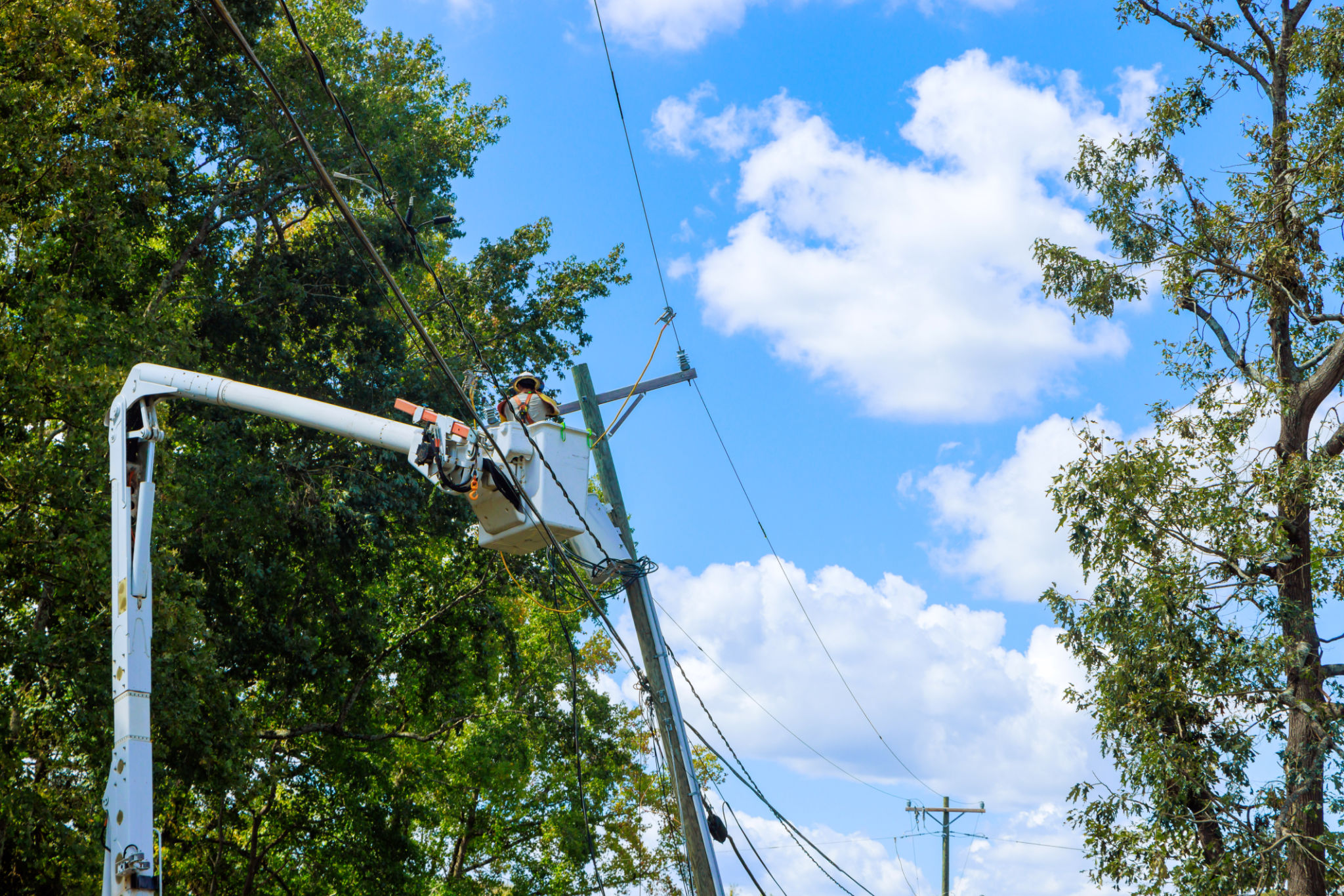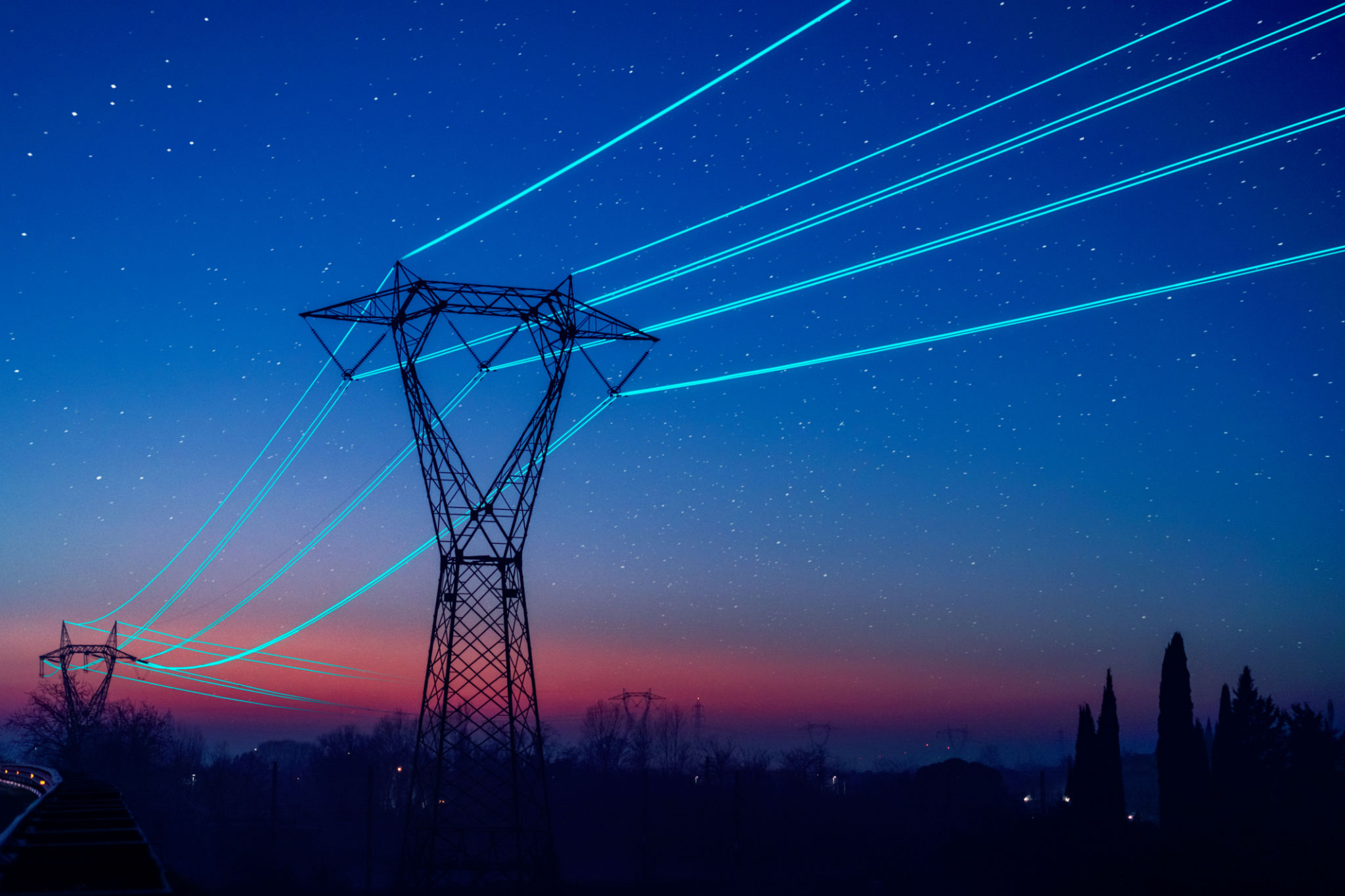How Utility Line Bird Diverters Enhance Wildlife Conservation Efforts
Understanding the Need for Bird Diverters
Utility lines, while essential for modern living, pose a significant risk to avian wildlife. Birds often collide with these lines due to their poor visibility, leading to injuries or fatalities. This issue is of particular concern in areas where utility lines intersect with migratory paths or natural habitats. Enter bird diverters: a simple yet effective solution designed to enhance the visibility of utility lines and reduce avian collisions.
Bird diverters are devices attached to utility lines that make them more visible to birds. By using bright colors and reflective materials, they catch the attention of birds in flight, helping them avoid dangerous collisions. This not only protects bird populations but also ensures the reliability of utility services by preventing outages caused by such accidents.

The Impact on Wildlife Conservation
Implementing bird diverters is a proactive step in wildlife conservation efforts. Many bird species, including some that are endangered or threatened, are vulnerable to utility line collisions. By minimizing these incidents, bird diverters contribute significantly to the protection and preservation of avian species.
Moreover, bird diverters align with broader conservation strategies aimed at maintaining biodiversity and ecological balance. Protecting bird populations has a ripple effect on the ecosystem, as birds play key roles in pest control, pollination, and seed dispersal.
Benefits Beyond Bird Safety
The advantages of using bird diverters extend beyond just wildlife conservation. Utility companies benefit from fewer service disruptions, as bird collisions can cause power outages and damage infrastructure. This not only reduces maintenance costs but also enhances the reliability of services provided to customers.

Types of Bird Diverters
There are various types of bird diverters available, each designed to suit different utility line configurations and environmental conditions. Some common types include:
- Spiral diverters: These attach helically around the line and use bright colors to increase visibility.
- Swinging or flapping devices: These move with the wind, catching the attention of birds.
- Reflective diverters: These use reflective materials to create a visual barrier that birds can easily see.

Implementation and Challenges
While bird diverters offer clear benefits, their implementation does present some challenges. Factors such as cost, accessibility of utility lines, and environmental conditions can influence the effectiveness and feasibility of diverter installation. However, advancements in technology and design continue to address these issues, making bird diverters a more viable option for many utility companies.
Engaging with local communities and conservation organizations can also enhance implementation efforts by raising awareness and fostering collaboration. By working together, utility companies and conservationists can develop tailored strategies that maximize the impact of bird diverters in specific regions.
A Collaborative Effort for a Sustainable Future
In conclusion, bird diverters represent a critical intersection between infrastructure development and wildlife conservation. Through their use, we can protect avian populations while ensuring the integrity and reliability of utility services. As our understanding of environmental challenges grows, so too does our responsibility to develop solutions that harmonize human activities with nature.
By investing in technologies like bird diverters, we take meaningful steps toward a sustainable future where human progress and wildlife conservation coexist and thrive.